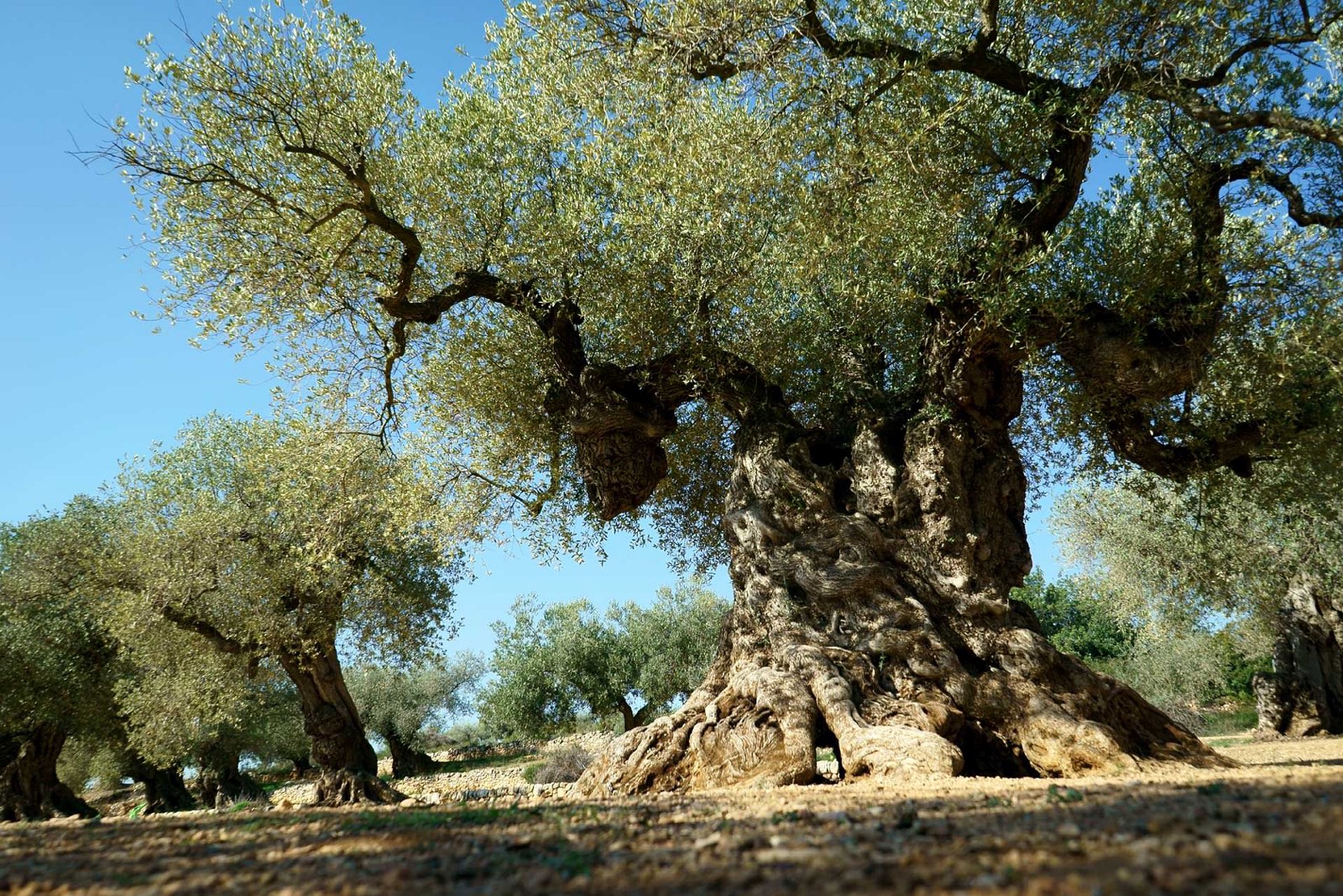*Tree size – 25-50 ft (8-15 m) tall*Trunk diameter – 3-5 ft (1.0-1.5 m)*Janka Hardness – 2,700 lbf (12,010 N)*Average Dried Weight – 62 lbs/ft3 (990 kg/m3)*Specific Gravity (Basic, 12% MC) – .72, .99*Crushing Strength – 11,180 lbf/in2 (77.1 MPa)*Modulus of Rupture – 22,530 lbf/in2 (155.4 MPa)*Elastic Modulus – 2,577,000 lbf/in2 (17.77 GPa)*Shrinkage – Radial: 5.4%, Tangential: 8.8%, Volumetric: 14.4%, T/R Ratio: 1.6*Odor – Fruity, distinct and strong scent while working. Enduring odor for several years while polished.*Workability – Easy to mild, with interlocked grain resulting in possible tearouts during surface operations. Sometimes lumber can have poor stability. Can be glued and finished well.*Texture – Uniform and fine texture, with some moderate natural luster.*Grain – Wild, straight or interlocked grain.*Sustainability – Not listed on the IUCN Red List of Threatened Species.*Required growth density – No particular requirements. Olive trees require very little upkeep, but they are slow to reach full size.*Drying – Slow and hard. It can wrap during fast drying.*Durability – Medium. It can reach a good age in indoor environments, especially if it is treated with preservation oils. Untreated olive wood is susceptible to insect and rot attacks.*Maintenance – Low*Price – Higher than most lumber types
Caractéristiques

09
Avr
